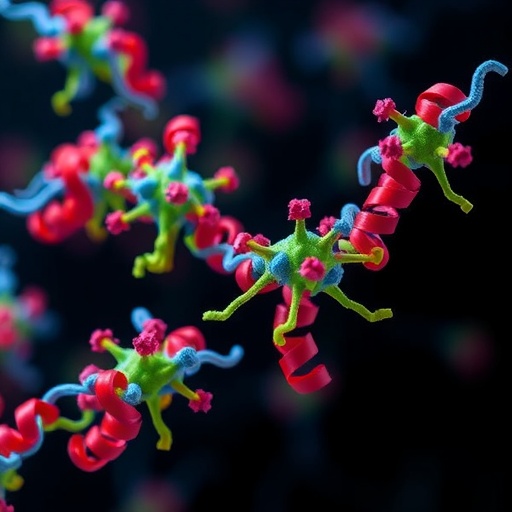University of Minnesota and Hennepin Healthcare study demonstrates spinal cord stimulation as a treatment for chronic spinal cord injury
MINNEAPOLIS, MN- January 31, 2019 – There are more than 290,000 people estimated to be living in the United States with a spinal cord injury. Previously, it has been shown that it is possible to restore some function to young and healthy patients within a few years of injury. Now, researchers show spinal cord stimulation can immediately restore some voluntary movement and autonomic functions such as cardiovascular, bowel, and bladder years after a paralyzing injury without any significant rehabilitation.
“This was an opportunity to use epidural stimulation, combine my background in mathematics, collaborate with people from multiple disciplines including biomedical engineering and set up a truly innovative trial,” said Dr. David Darrow, a neurosurgery resident at the University of Minnesota Medical School and a lead investigator for the E-STAND Clinical trial. He is also a senior neurosurgery resident at Hennepin Healthcare and University of Minnesota Medical Center. “We wanted to push the envelope for patients. Once we determined it worked, we moved on to knocking down other barriers to translation to patient care.”
In a study recently published in the Journal of Neurotrauma, Darrow and his colleagues implanted the first series of female patients who both suffered devastating traumatic spinal cord injury. Both patients had no lower body function whatsoever and MRIs showing very little residual spinal cord at the level of injury. The two women were five and ten years from injury and in their 5th and 6th decade of life, which is much closer to the average patient with spinal cord injury compared to the work of other investigators.
“Enabling someone to move her legs more than 10 years after being paralyzed from spinal cord injury has been one of the greatest moments of my career,” said Uzma Samadani, MD, PhD, Associate Professor in the Department of Neurosurgery University of Minnesota Medical School and Neurosurgeon with Hennepin Healthcare. “I am grateful to my colleagues for their mutual hard work during the 2 years it took to get from idea to the first operation.”
In this study researchers expanded the inclusion guidelines of who could receive epidural stimulation.
“We believe that we are studying a population that is much closer to the general population of patients with spinal cord injury,” said Darrow. “We have opened the doors to so many more patients with traumatic spinal cord injury.”
“While we are excited for all this could mean for patients, there is still a lot of research to be done, both with this therapy and through other avenues, many of which we are studying at the University of Minnesota,” said Ann M. Parr, MD, PhD, Assistant Professor in the Department of Neurosurgery at the University of Minnesota Medical School. Dr. Parr has an active translational spinal cord injury research laboratory at the Stem Cell Institute.
###
This work was made possible by a grant through the Minnesota Office of Higher Education SCI/TBI Grant Program and collaboration of an interdisciplinary group spread across four institutions. The stimulation devices were a gift from Abbott (formerly St. Jude’s).
About the University of Minnesota Medical School
The University of Minnesota Medical School is at the forefront of learning and discovery, transforming medical care and educating the next generation of physicians. Our graduates and faculty produce high-impact biomedical research and advance the practice of medicine. Visit med.umn.edu to learn how the University of Minnesota is innovating all aspects of medicine.
About Hennepin Healthcare
Hennepin Healthcare is an integrated system that includes HCMC, a Level I Adult Trauma Center and Level I Pediatric Trauma Center and Hennepin Healthcare Research Institute (HHRI), as well as a large outpatient Clinic and Specialty Center and a network of clinics in downtown Minneapolis and suburban Hennepin County.
HHRI supports and oversees the medical research conducted at HCMC, where the more than 10,000 trauma patients are cared for each year. Visit hennepinhealthcare.org for more details about the comprehensive services and hhrinstitute.org for innovative research taking place at Minnesota’s Level I Trauma Center.
Contact: Krystle Barbour
Media Relations Manager, University of Minnesota Medical School
[email protected]
612-626-2767
Christine Hill
Sr. Media Relations Specialist, Hennepin Healthcare
[email protected]
612-873-5719
Media Contact
Krystle Barbour
[email protected]
612-626-2767




